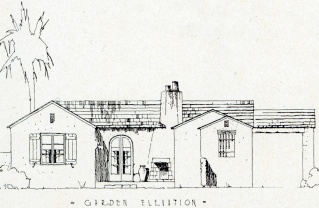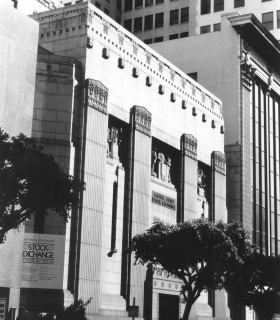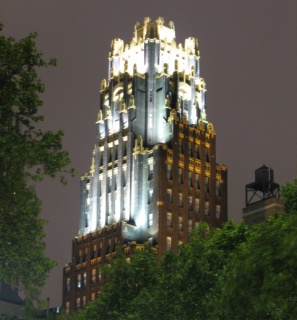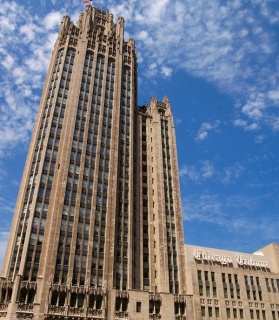Education | Timeline |
- 1829
- 1834
- 1840s
- 1848
- 1853
- 1859
- 1870
- 1870s
- 1871
- 1875
- 1877
- 1879
- 1880s
- 1882
- 1883
- 1884
- 1886
- 1887
- 1889
- 1890s
- 1891
- 1892
- 1893
- 1894
- 1895
- 1898
- 1899
- 1900
- 1900s
- 1901
- 1902
- 1904
- 1905
- 1906
- 1908
- 1909
- 1910
- 1910s
- 1911
- 1912
- 1913
- 1914
- 1915
- 1916
- 1917
- 1918
- 1919
- 1920
- 1920s
- 1921
- 1922
- 1923
- 1924
- 1925
- 1926
- 1927
- 1928
- 1929
- 1930s
- 1930
- 1931
- 1933
- 1934
- 1935
- 1936
- 1937
- 1938
- 1939
- 1940s
- 1940
- 1941
- 1942
- 1943
- 1944
- 1945
- 1946
- 1947
- 1948
- 1949
- 1950s
- 1950
- 1951
- 1952
- 1953
- 1954
- 1955
- 1956
- 1957
- 1958
- 1959
- 1960s
- 1960
- 1961
- 1962
- 1963
- 1964
- 1965
- 1966
- 1967
- 1968
- 1969
- 1970s
- 1970
- 1971
- 1972
- 1973
- 1974
- 1976
- 1979
- 1980
- 1992
Wins Special Mention in Small House Competition
In 1923 the Community Arts Association of Santa Barbara sponsors one of the earliest small house competitions in the United States. The cost to build the house could not exceed $5000. Williams receives a "Special Mention" for his meritorius design. The judges note his creative placement of a fireplace on the outside terrace. Eight years later Williams' entry is published in a catalog available nationwide of small house plans.
Williams joins AIA and opens an office
In 1923 Williams is notified by the Executive Secretary of American Institute of Architects (AIA), the national organization, of his election to membership. The Southern California Chapter of AIA elects Williams as an Associate member on September 30, 1922—a prerequisite for National AIA membership. He is the first known African American member in AIA.
In the 1962 AIA Directory, Williams writes that he opens Paul R. Williams & Associates in the Stock Exchange Building in downtown Los Angeles. He continues working for John C. Austin until he establishes his own client base.
American Radiator Building, NY
Raymond Hood designs the 23-story black and gold brick-clad, steel frame, free-standing office building for the American Radiator Company. The architect combines dramatically colored masonary and Gothic-style pinnacles to symbolize the black iron and glowing embers of furnaces manufactured by the company. Originally described as Neo-Gothic-syle, modern architectural historians now classify the building as a precursor of Art Deco.
Hood trains at both MIT and the Ecole des Beaux Arts in Paris. His first professional success is winning the 1922 competition to design the Chicago Tribune Tower with John Mead Howells.
Chicago Tribune Tower
In 1922 the Chicago Tribune Company sponsors an international competition to design their new headquarters. The Tribune describes the contest as "the most famous architecture competition of the 20th century." The $100,000 in prize money attracts 263 entries from 23 countries. Most entries rely on the architecture of the past or Bauhaus modernism for inspiration. New York architects Raymond Hood and John Mead Howells win the prize for their 36-story, Gothic-style skyscraper. Begun in 1923 the limestone-covered, steel frame building is topped by an ornamental crown. Elaborate gothic carvings are featured on the top and bottom and the building's base is embedded with fragments from over 120 historic structures including the Great Wall of China.
The Tribune Building quickly becomes a Chicago landmark and no other American newspaper is so closely linked to the building that houses it.









